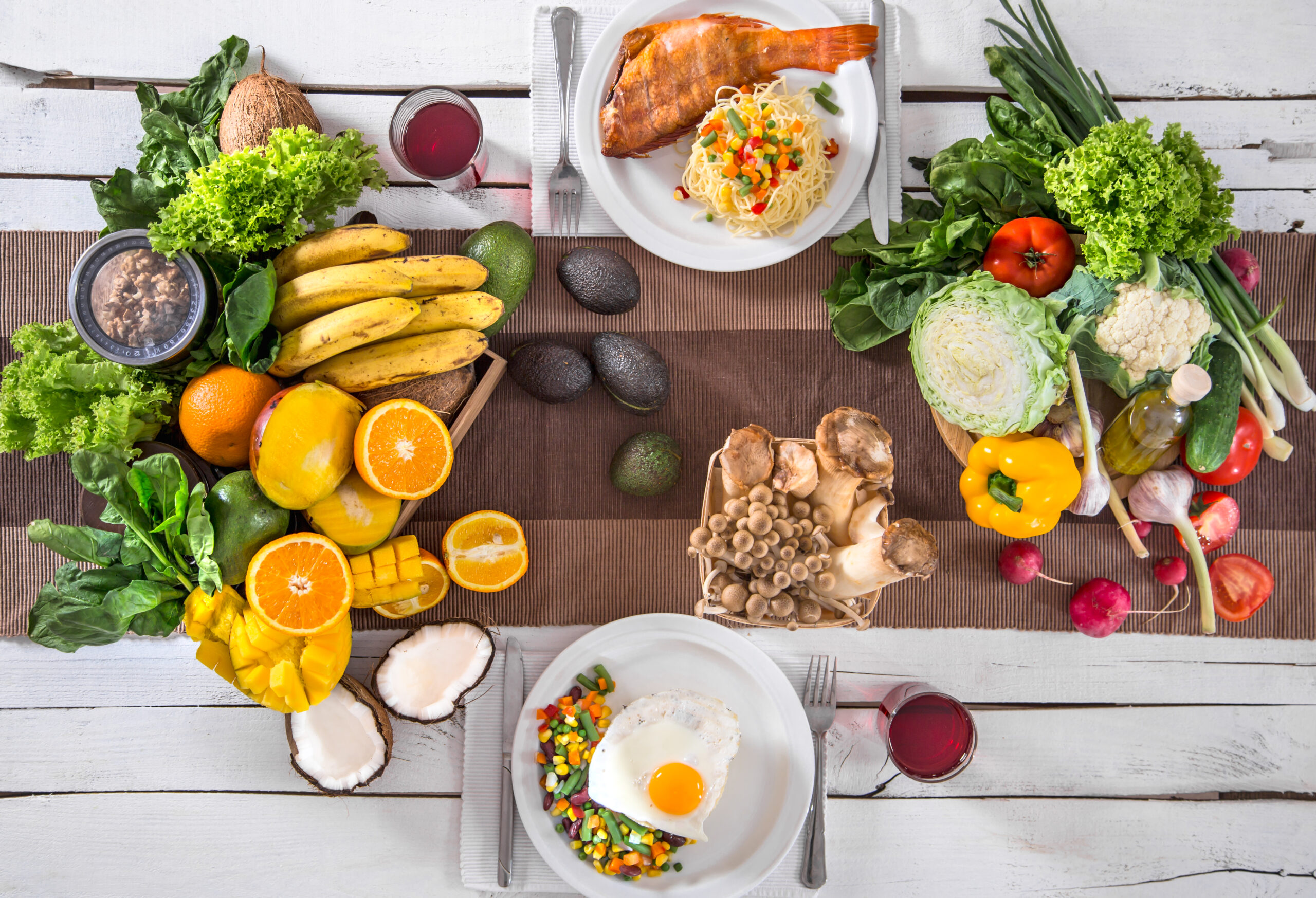Top 10 Foods for a Healthy Diet and How to Incorporate Them

Maintaining a healthy diet is key to achieving overall wellness and vitality. The foods you choose can have a significant impact on your energy levels, mood, and long-term health. To help you make nutritious choices, here are ten of the best foods to include in your diet and tips on how to incorporate them into your meals.
1. Leafy Greens for diet
Why They’re Great: Leafy greens like spinach, kale, and Swiss chard are packed with essential vitamins and minerals, including vitamins A, C, and K, as well as iron and calcium. They are also high in antioxidants, which can help reduce inflammation and protect against chronic diseases.
How to Incorporate Them:
- Salads: Toss them into fresh salads for a nutrient boost.
- Smoothies: Blend them into smoothies with fruits and a liquid base.
- Stir-Fries: Add them to stir-fries or sauté with garlic and olive oil.
2. Berries
Why They’re Great: Berries such as blueberries, strawberries, and raspberries are rich in antioxidants, vitamins, and fiber. They can help improve heart health, brain function, and digestion.
How to Incorporate Them:
- Breakfast: Top your yogurt or oatmeal with a handful of berries.
- Snacks: Enjoy them on their own or with a bit of honey.
- Desserts: Use them in healthy desserts like fruit parfaits or baked goods.
3. Nuts and Seeds
Why They’re Great: Nuts (like almonds and walnuts) and seeds (such as chia and flaxseeds) are excellent sources of healthy fats, protein, and fiber. They are beneficial for heart health and can help keep you feeling full and satisfied.
How to Incorporate Them:
- Snacks: Eat a small handful as a snack.
- Salads: Sprinkle them on salads for added crunch.
- Smoothies: Blend them into your smoothies for a creamy texture and extra nutrients.
4. Fatty Fish
Why They’re Great: Fatty fish like salmon, mackerel, and sardines are high in omega-3 fatty acids, which are crucial for heart health and brain function. They also provide a good amount of protein.
How to Incorporate Them:
- Grilled or Baked: Grill or bake fish fillets and serve with a side of vegetables.
- Salads: Add cooked fish to salads for extra protein.
- Stir-Fries: Incorporate fish into stir-fries for a quick and nutritious meal.
5. Quinoa
Why It’s Great: Quinoa is a complete protein, meaning it contains all nine essential amino acids. It is also rich in fiber, B vitamins, and various minerals, making it a versatile and nutritious grain alternative.
How to Incorporate It:
- Salads: Use it as a base for salads or grain bowls.
- Side Dishes: Serve it as a side dish instead of rice or pasta.
- Breakfast: Cook it with almond milk and top with fruits and nuts for a nutritious breakfast.
6. Sweet Potatoes
Why They’re Great: Sweet potatoes are high in vitamins A and C, fiber, and antioxidants. They are also a great source of complex carbohydrates, which provide sustained energy.
How to Incorporate Them:
- Roasted: Roast them as a side dish with a sprinkle of your favorite spices.
- Mashed: Make mashed sweet potatoes as a healthy alternative to regular mashed potatoes.
- Soups: Add them to soups and stews for a hearty, nutritious ingredient.
7. Greek Yogurt
Why It’s Great: Greek yogurt is high in protein and probiotics, which are beneficial for gut health. It also provides calcium and vitamins B12 and D.
How to Incorporate It:
- Breakfast: Mix it with fruits and a drizzle of honey for a satisfying breakfast.
- Snacks: Use it as a dip for fruits or vegetables.
- Smoothies: Blend it into smoothies for added creaminess and protein.
8. Avocado
Why It’s Great: Avocado is rich in healthy monounsaturated fats, fiber, and a variety of vitamins and minerals, including potassium and vitamin E. It supports heart health and provides sustained energy.
How to Incorporate It:
- Toast: Spread it on whole-grain toast for a quick and healthy snack.
- Salads: Add slices to salads for extra creaminess and flavor.
- Smoothies: Blend it into smoothies for a rich texture.
9. Beans and Lentils
Why They’re Great: Beans and lentils are excellent sources of plant-based protein, fiber, and various nutrients, including iron and folate. They can aid in digestion and support overall health.
How to Incorporate Them:
- Soups and Stews: Add them to soups and stews for added protein and fiber.
- Salads: Toss cooked beans or lentils into salads for a satisfying crunch.
- Chili: Use them in chili or bean-based dishes for a hearty meal.
10. Citrus Fruits
Why They’re Great: Citrus fruits like oranges, grapefruits, and lemons are packed with vitamin C, which supports immune function and skin health. They also provide antioxidants and fiber.
How to Incorporate Them:
- Juices: Enjoy fresh-squeezed citrus juices.
- Salads: Add segments to salads for a burst of flavor.
- Marinades: Use lemon or lime juice in marinades and dressings.
Conclusion
Incorporating these top 10 foods into your diet can provide a range of health benefits, from improved heart health and digestion to increased energy and better overall wellness. By integrating these nutritious options into your meals and snacks, you can enjoy a balanced and vibrant diet that supports your long-term health goals.






